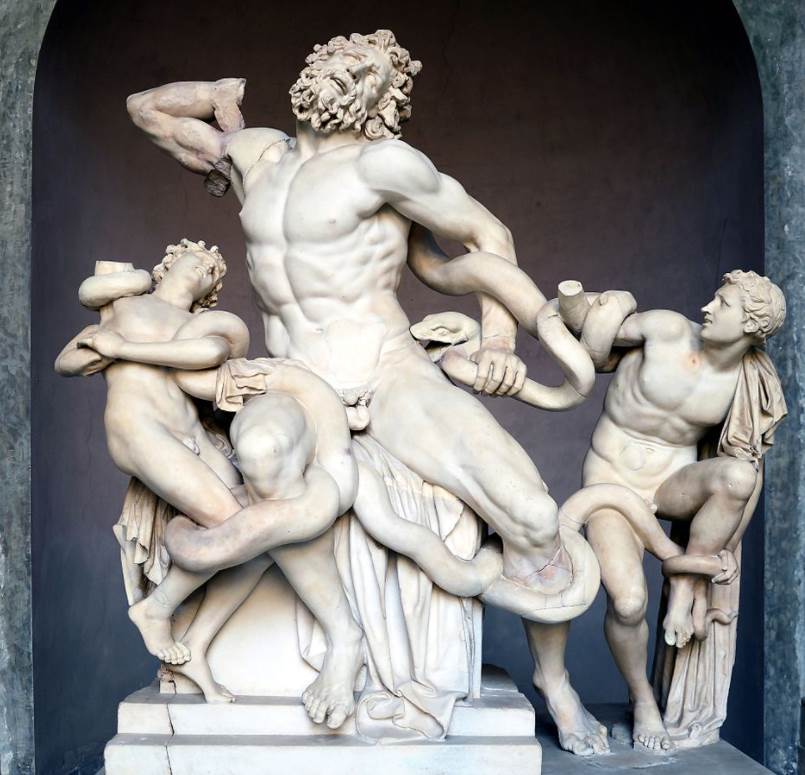The ancient Roman people were hard to please. That’s why the entertainment complexes such as Roman bathhouses became larger and larger so more people could enjoy them.
In this article, you’ll discover some of the most interesting facts about the Baths of Trajan, a now-ruined complex that was operational for multiple centuries.
1. It was constructed on the site of an exuberant Roman palace
The Baths of Trajan was a huge ancient Roman bathing complex that was constructed in the early 2nd century A.D. Bathing was a popular pastime of just about all Roman citizens, regardless of their social status.
Because of this and the fast-growing population in Rome in the 1st century A.D., the bathing complexes became bigger and included various other features as well such as a gym and even a library.
These baths were built on the southern flank of Oppian Hill. This means that they covered part of the Domus Aurea or “Golden House,” the exuberant mansion constructed by infamous Roman Emperor Nero.
Today, the site of the baths and Domus Aurea is occupied by the Parco del Colle Oppio, a public park just northeast of the Colosseum.

2. It was commissioned by one of the best Roman Emperors in history
The baths were named in honor of Roman Emperor Trajan, a man who ruled over the empire between 98 and 117 A.D. He left his permanent mark on the city of Rome with building projects such as Trajan’s Market, Trajan’s Column, and Trajan’s Forum.
He’s also considered to be one of the best and most successful Roman Emperors, not an easy feat to achieve. This positive image of the man is held by both his contemporaries and modern historians.
Every Roman Emperor after him was wished with the words:
Felicior Augusto, Melior Traiano.
This translates to “May you rule as fortunate as Augustus and better than Trajan.” This notion just emphasizes in what regard his leadership was held.
The Baths of Trajan were commissioned in the year 104 and completed in July of the year 109. They were continuously in use until at least the early 5th century, over 300 years later.
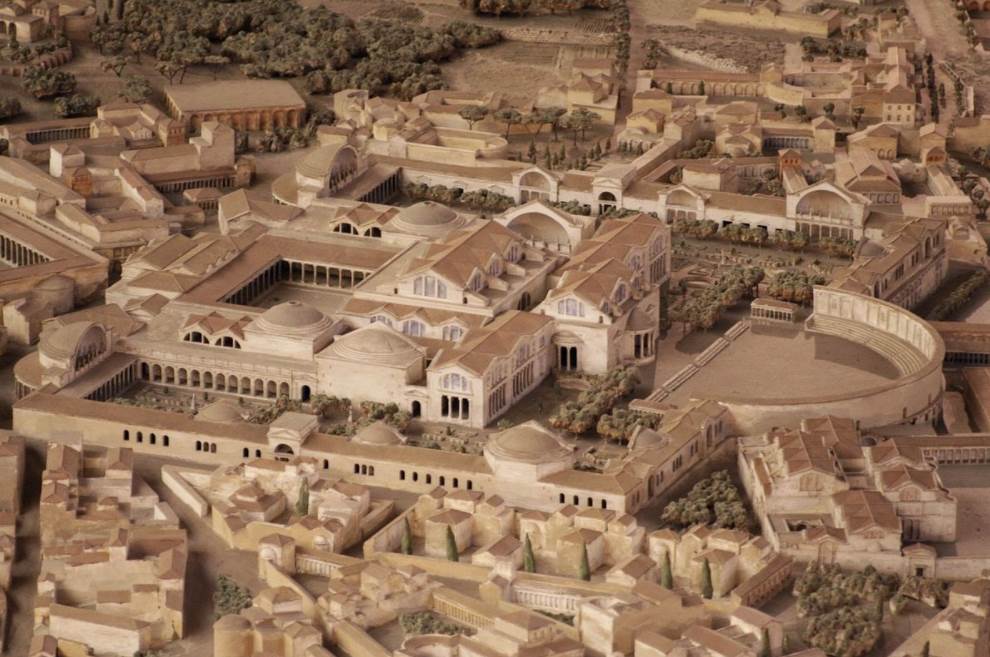
3. The design of the baths was inspired by a nearby complex
Trajan’s bathing complex was far from the first that was constructed in the Roman Empire, and even the Roman Republic before that. This area was, however, situated on the outskirts of the developed area of the city back then.
The Colosseum was already erected nearby in the 70s and 80s, and another bathing complex called the Baths of Titus ere located right next to it. This complex was commissioned by Roman Emperor Titus in 81 A.D.
The main building project of the Flavian Dynasty (Vespasian, Titus, and Domitian) was the Colosseum, so these baths were far from being the largest building in Rome, and nothing compared to the massive Baths of Trajan.
Thye did, however, have a similar design, and included the rooms found in bathhouses all across the empire such as a frigidarium (cold room), tepidarium (warm room), and caldarium (hot room).
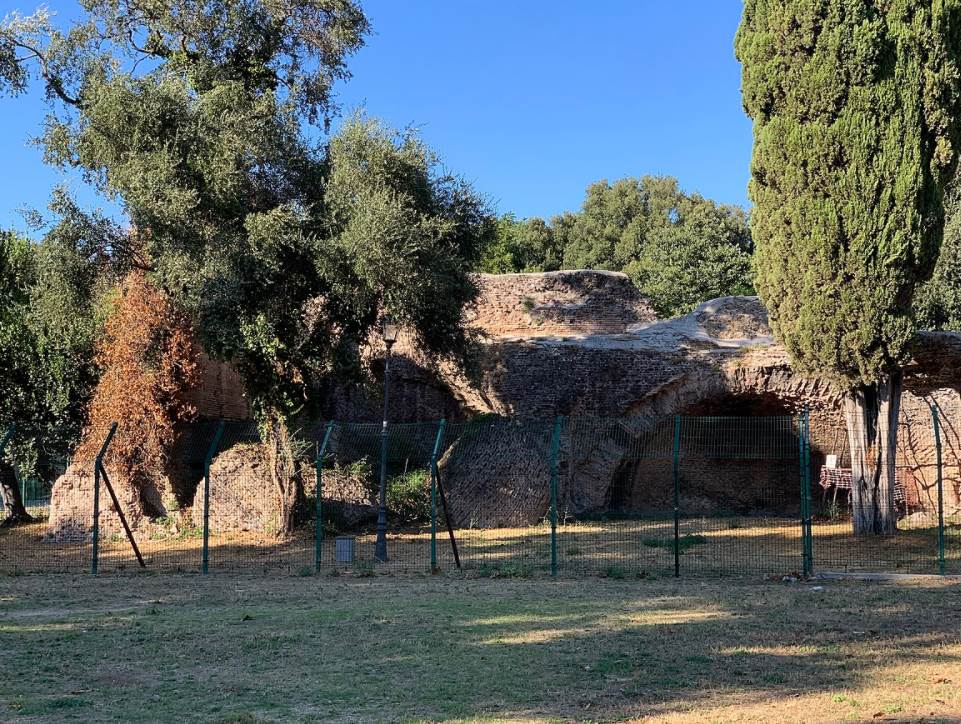
4. The baths were built on a monumental scale
Nero’s Golden House covered an area of 2.6 square kilometers (1 square mile) and was the epitome of extravagance. It features a large artificial lake that was completely drained and this is where the Colosseum was built.
The 3-story palace itself was completely stripped from its valuables such as gold leaf and precious gems and covered with dirt the following decades.
This platform allowed for the construction of the Baths of Trajan, an enormous complex that had dimensions of 330 x 340 meters (1,082 x 1n115 feet). This was even huge for ancient Roman standards and surely helped to establish a good reputation for Trajan among the Roman people.
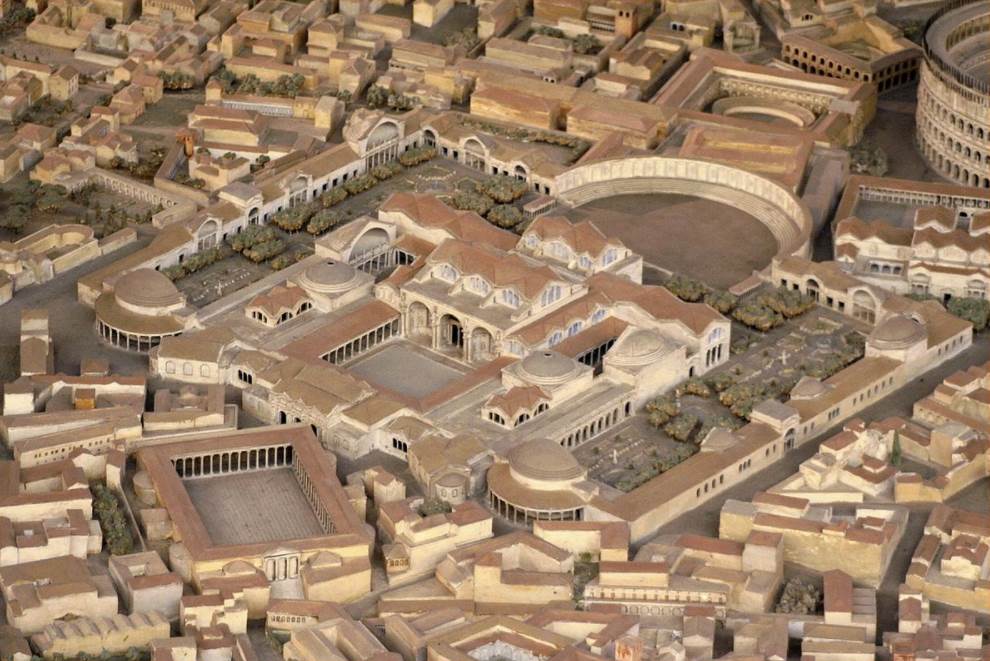
5. Large parts of the baths were still standing in the 16th century
The bathing complex was a lot more than a place where the citizens of ancient Rome could wash. These entertainment facilities served as the heart of social life in the city.
The baths were still in use in the early 5th century but gradually lost their significance. After all, the Baths of Caracalla and the Baths of Diocletian had been constructed already, both even larger than Trajan’s facility which was probably already outdated by then.
Later in the 5th century, the area was used as a cemetery, a purpose it served until at least the 7th century.
Despite being partially dismantled over the centuries, large parts were still standing when Renaissance artists in the 15th and 16th centuries studied ancient art and buildings.
Today, not much more than some ruins and part of the southwestern exedra still stand.
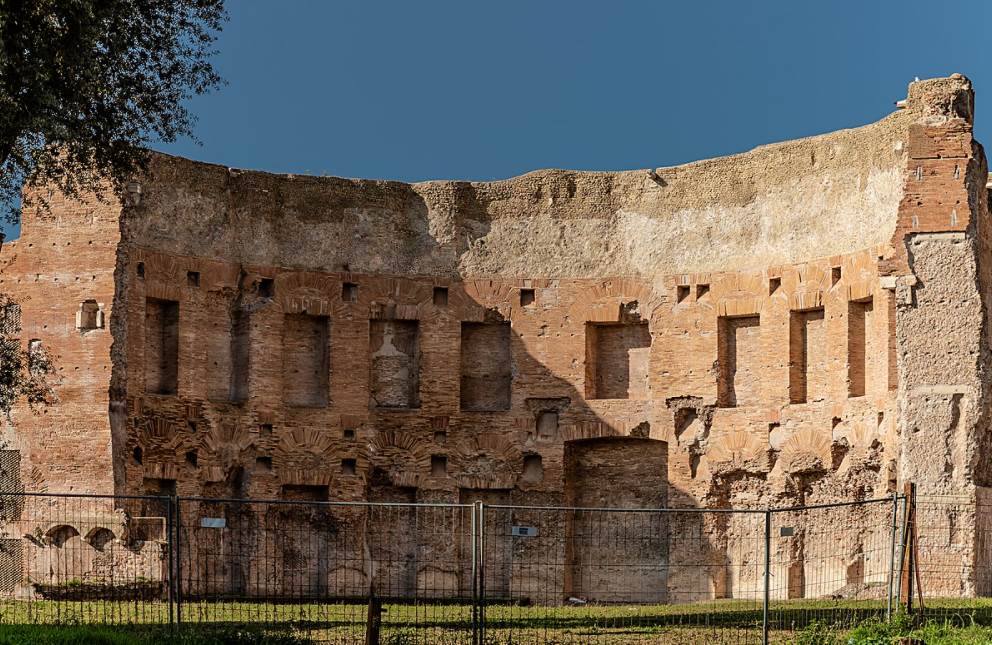
More interesting facts about the Baths of Trajan
6. The baths were constructed on what ere the outskirts of Rome in the early 2nd century A.D. They were, however, located within the boundary of the Servian Wall, an ancient wall constructed in the 4th century B.C.
7. The area was already developed and the only reason why the enormous bathing complex could be constructed here is that the remains of Nero Domus Aurea caught fire in the year 104. Trajan covered Nero’s opulent mansion with dirt and the baths were constructed on top of it.
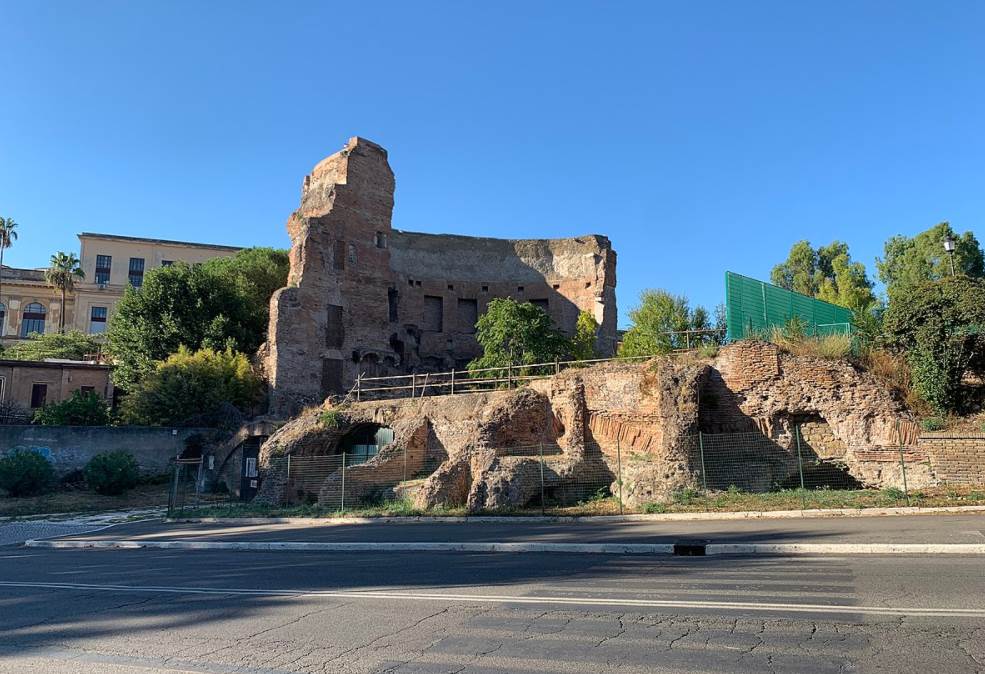
8. One of the most remarkable facts about the Baths of Trajan is that they were not in use anymore when the Ostrogoths destroyed the aqueducts that supplied the city of Rome in the year 537.
Most other bathing facilities in Rome abruptly discontinued their service following this event. After all, without water, bathing wasn’t possible.
9. The complex was misidentified as the Baths of Titus or the “Thermae Titiani” in the late 16th century. They had been correctly identified before that.
It wasn’t until the late 19th century that excavations led to the conclusion that the “Thermae Traiani” ere identified as the much larger brother of the Baths of Titus.
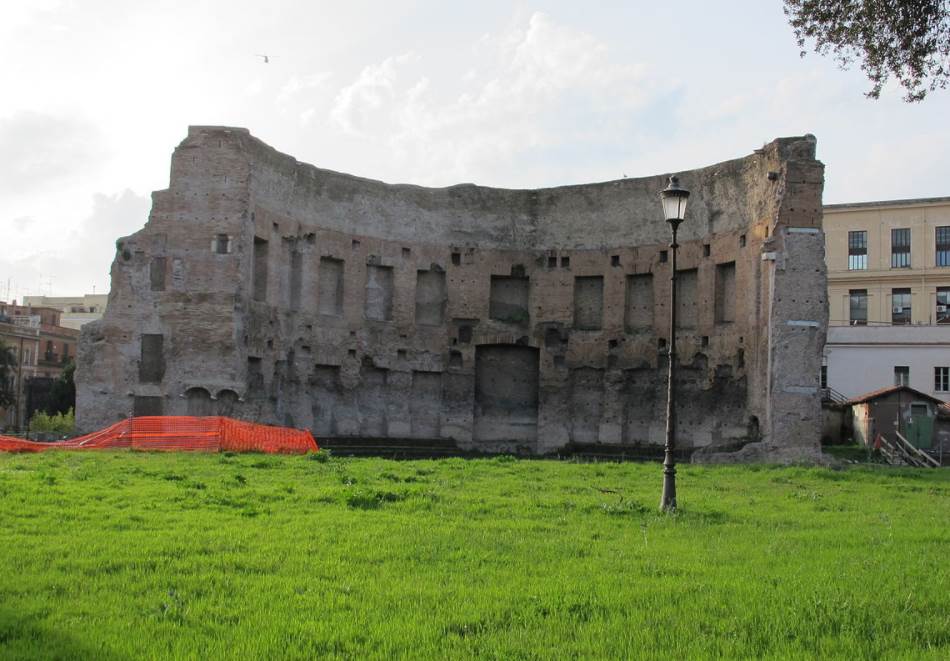
10. The main reason why we can make accurate models of the bathing complex today is that renowned Renaissance architect Andrea Palladio (1508-1580) studied the ruins and made floorplans of them.
This allows us to understand that the main buildings were surrounded by a grassy area that was enclosed with a perimeter wall. The hemicycle on the southwestern side featured seats which means it was used as a venue for performances of athletics contests.
11. Multiple artworks have been excavated from the bathing complex. These include several mosaics and a huge fresco that depicts a port city. It’s unclear whether or not this walled port city was real or just an imaginary scene.
12. A fascinating that had been excavated is the sculpture of Laocoön and His Sons. It was unearthed from the area in 1506 and is considered to be one of the most famous ancient sculptures in history. This sculpture can now be admired at the Vatican Museums.
